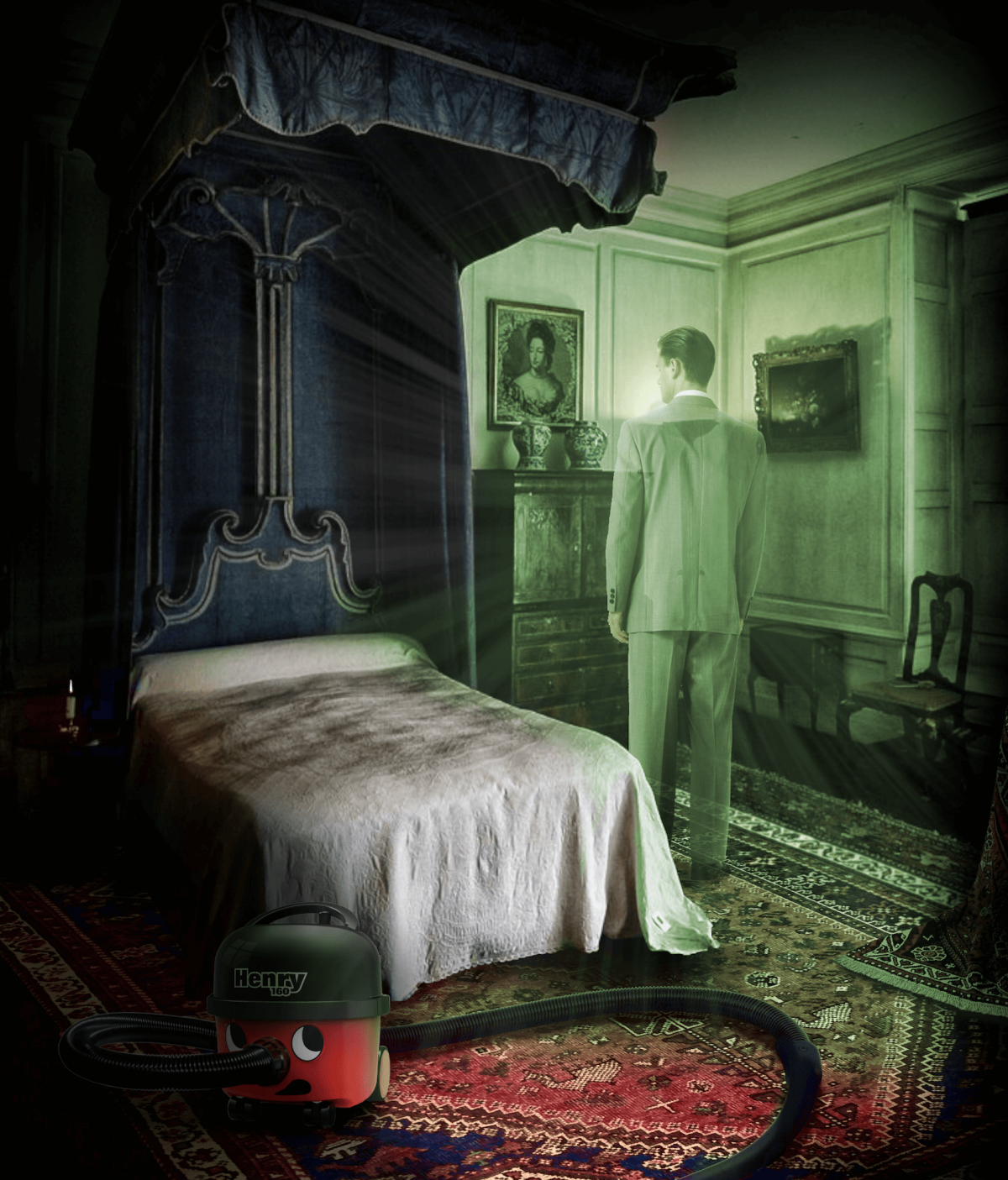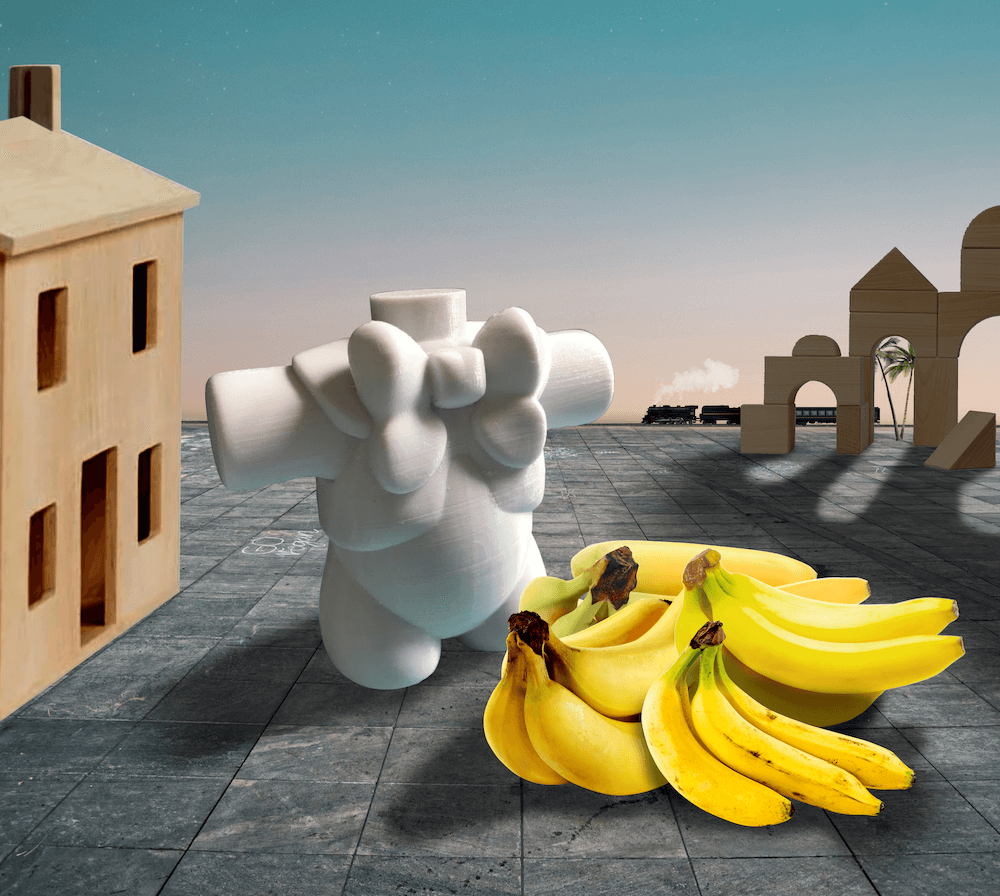
“I’ll have to drop ‘ya just ‘ere”, strained the Cab driver, negotiating the traffic across Waterloo Bridge. Money changed hands through a gap in the perspex and with an ebullient farewell we made our way around the concrete edifice of the Southbank Centre towards the Hayward Gallery.
Wandering through the Brutalist canyon, past all manner of extraneous and time-worn Fibreglass ‘play-structures’ we eventually arrived at the entrance to the gallery.
In the corner by the Admissions Desk stood a Standard lamp straight out of the pages of a Habitat catalogue, flicking on and off intermittently. It was hard to tell whether this was a work by Creed or just a gimmicky space-filler conjured up by a well meaning Intern, intended to liven up an otherwise featureless foyer – the coarseness of its installation seemed to suggest the latter.
Once an issue with the ticket machine had been rectified and more money had changed hands, we were let through to the gallery. A Bouncer with an earpiece, who seemed as though he’d be more comfortable manning the door at a Gentleman’s Club, took a cursory glance at the tickets and showed us in.
Partially obstructing the door was Work No. 142 – ‘a large piece of furniture partially obstructing a door’. In this case a seemingly well used Tan leather sofa on which sat a young family mesmerised by the hypnotic motion of Work No. 1092 – an enormous Neon sign spelling out the word MOTHERS which revolves at varying speed, mounted on a heavy steel framework. With a length of 12.5 metres and each letter being 2 metres in height, this work was shoehorned into the space to such a degree that two of the concrete bannisters for the ramp to the upper gallery had been partially removed. The precision with which this had been done utterly surgical.
With the continuous swoop of steel and neon above us we continued around the space. Work No. 1349 served as the backdrop for a number of works on the walls around the room – a series of painted black stripes each the width of the paint roller which had applied it. From within the ordered hatch of black paint grins the young face of Martin Creed photographed in front of a grubby brick wall. On the next wall is the original work for Creed’s London 2012 Olympics poster, Work No. 1273, above which and to the right, high on the wall, Work No. 1497 Jumping up portrait of Luciana hangs at the same height at which it was made – the artist leaping into the air in order to apply the paint. An object which resembled at three panelled Dressing Screen, crafted from an array of timbers stood a few feet away from perhaps Creed’s most infamous work; Work No. 293, a sheet of A4 paper crumpled into a ball – enshrined atop a plinth within a perspex case. A work which typifies Creeds ambition to create and destroy simultaneously.
The remainder of the first space is filled by the staggered rhythmic clicking of 39 Metronomes which make up Work No. 112.
Prior to getting down to London, I had heard that a number of people both in and outside of the Cultural Sphere had criticised the show for not making best use of the gallery; that the works were too slight for size of the Hayward – brightly coloured flotsam in an Ocean of space. The subtext of that viewpoint is however the opposite, that the objects are taking up too much room. This cognitive dissonance, I’m sure, would be welcomed by Creed and is the thread which runs through all of his work – filling the room with practically nothing.
For what it’s worth, I thought the space had been used expertly, each of the 160 pieces given just enough. In fact, the works within the next few rooms were so numerous that I’m not going to be able to write about them all, but I will mention a couple that really stood out, outside on the Sculpture terraces.
Work No. 1812 is a large scale brick wall laid in English Bond using all 80 types and colour of house brick that are available from a Builder’s merchant. Bands of masonry in various hues form a monolith which when viewed from the gallery echoes the structures visible within the metropolitan landscape, but looking up from the road highly contrasts the stark concrete façade. What was equally striking about this work was not just it’s scale and meticulous construction, but the amount of people who were somehow able to casually ignore it – stepping out onto the terrace and not seeing it.
Through the gallery and another twin-set of plate glass doors was parked Work No. 1686 – a Silver grey Ford Focus, apparently the most ubiquitous cars in the country, if not the whole world. Within a few moments the entire vehicle burst into life; doors swinging open, window wipers flailing, the horn sounding, indeed almost every kinetic action the car was capable of, save moving along, was occurring all at once, with the latent soundtrack of talk-radio playing through the speakers. As quickly as the Focus had exploded, it was reassembled into a static object – closing down within seconds.
The thing to bear in mind when viewing all of Creed’s work is that there is no discernible point to them, there is no real point to them at all, he needn’t have made them – but that is entirely the point. In being so, these objects sit within a gap that only they can fill. Completely devoid of Theory, which Creed professes is “just bollocks”, the only environment in which these works could have been created is the ‘meaningless’ void of the anti-intellectual – and for that they thrive.
– HAYWARD GALLERY – Martin Creed: What’s the point of it? – https://www.youtube.com/watch?v=BH_YDixizCA

